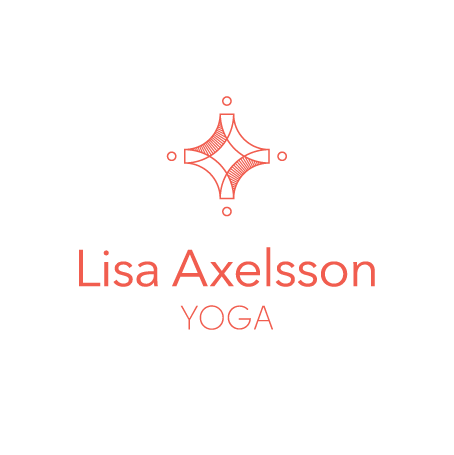Our breath: Probably the most vital process of the body. It influences the activities of each & every cell and is intimately linked with the performance of the brain. It also clears energy blockages in our nadis or energy channels. The breath is also closely linked to our mental state - when we get angry or anxious we may become short of breath but rhythmic, deep and slow respiration can help bring back a calm & content state of mind.
Nadi Shodhana is a simple form of alternate nostril breathing which is great for both beginners & advanced students.
BENEFITS OF NADI SHODHANA
- Balances energy channels (nadis) and clears energy blockages
- Reduces anxiety & calms the mind
- Lowers your heart rate.
- Improves concentration & clear thinking by balancing & synchronising left & right brain hemispheres.
- Helps release accumulated tension & fatigue so can therefore be used in the morning to wake you up as a more holistic alternative to your shot of espresso.
- When I am feeling very monkey minded and can't focus, I find that this breath helps bring me into the moment especially if I am counting my breath.
NADI SHODHANA HOW TO:
Bring your right hand up in front of the face and extend your index finger and thumb allowing the other fingers the rest.
Take your index finger to your eyebrow centre and rest it here gently. Now you will use your thumb to close your right nostril & your second finger to alternately close your left nostril.
Begin by closing your right nostril gently with your thumb, and inhale in through the left nostril. The breath should be slow, steady and full but not forced.
When you have reached the end of your inhale, close the left nostril with the second finger and open the right nostril to fully exhale with a slow & steady breath.
Inhale in through the right nostril, & then switch to exhale through the left. That is one full round of the breath.
Inhale through the left, & switch to exhale out of the right. Inhale through the right & switch to exhale out of the left. Remember we always switch nostrils on an exhale if you get confused.
Keep going for 5-10 rounds, and increase your rounds of breath as you begin to feel more comfortable with the breath.
- Release the hand & go back to normal breathing.
Nadi Shodhana can be practised at any time of day, but it is best to practice on an empty stomach. Remember to keep the breath slow, easy (never forcing it), and full and try to keep your inhales & exhales the same length (ie breathe in for a count of 4, and out for a count of 4).


